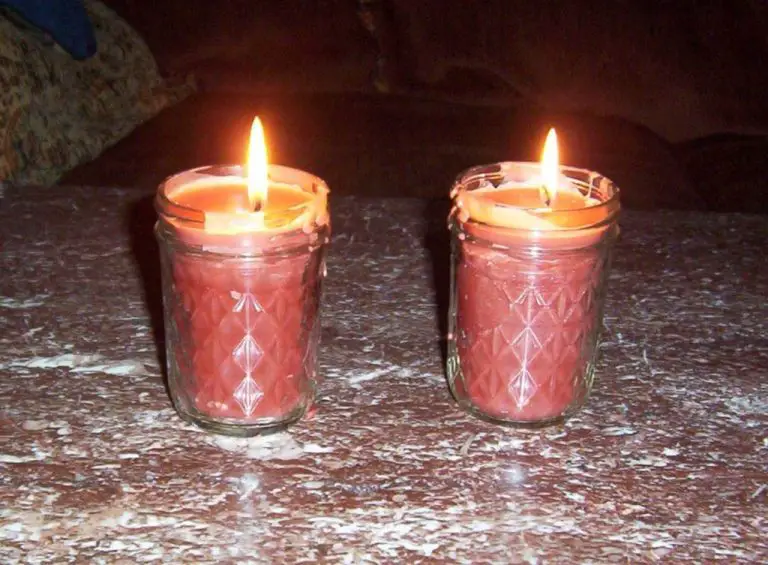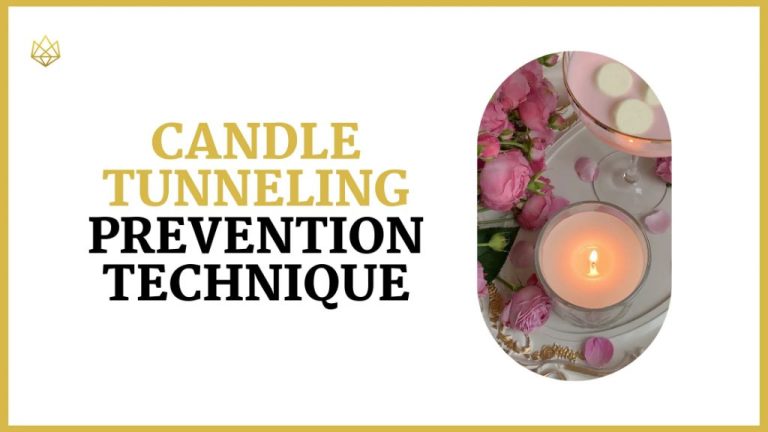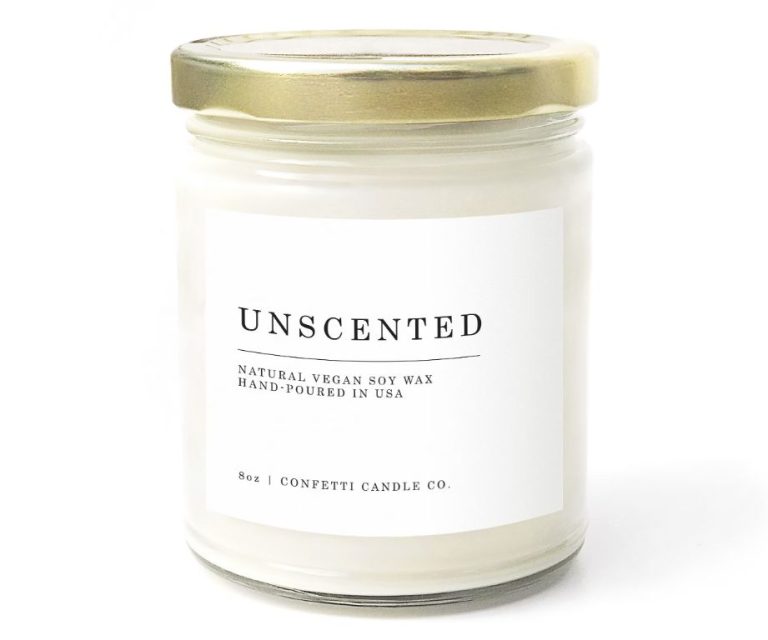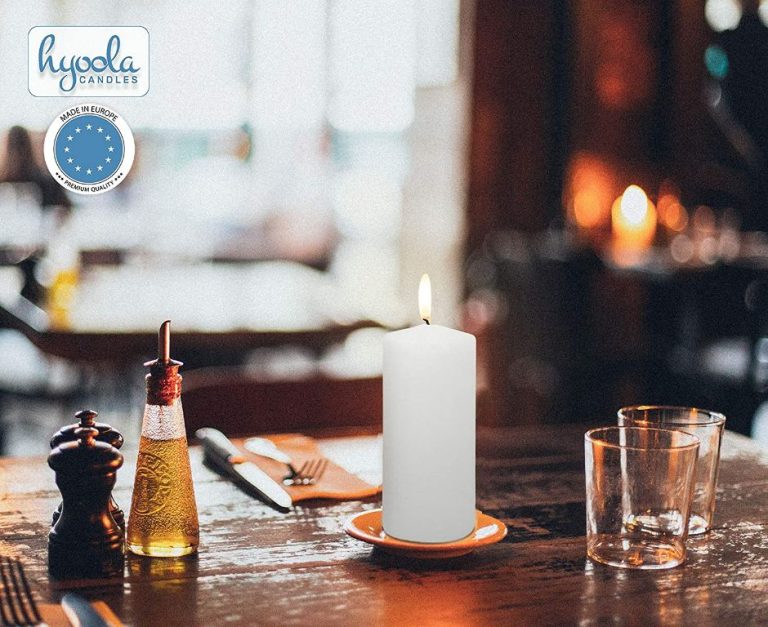How Can You Tell Good Quality Candles?
With candles being such a popular home decor and gifting item, it’s important to know how to identify high quality candles that will burn cleanly and provide enjoyment. Poor quality candles can produce a lot of smoke, release unpleasant scents when burning, or tunnel and leave wax residue on candle holders. On the other hand, high quality candles enhance the atmosphere, create beautiful ambiance, and provide a quality experience. This guide will cover the key characteristics to look for when evaluating candle quality.
Choosing well-made candles is important for both safety and enjoyment. Low quality candles are more likely to produce harmful chemicals when burned, release overpowering or unpleasant scents, and create messy smoke or pooling wax. High quality candles that burn evenly and cleanly will be safer and more pleasant to have in your home. They give off pleasant aromas, create a beautiful glow, and minimize messy cleanup. Taking the time to assess candle quality before purchasing will save disappointment in the long run.
Wick
The wick is a key component in determining candle quality. High quality candles use cotton, paper, or wood wicks that are properly sized for the wax and vessel. Cotton wicks are versatile and work with most waxes, while paper and wood wicks are best for soy and vegetable waxes. Using the wrong wick material or improper wick sizing can lead to poor scent throw, sooty burns, tunneling, or mushrooms.
Cotton wicks are a common choice as they provide a clean burn with most wax types. The braided construction allows the wick to bend as it burns down without falling over. Paper wicks made from natural fibers are excellent at absorbing liquid wax and are self-trimming, but may only work with certain wax types. Wooden wicks crackle when lit and can enhance scent throw, but require more maintenance to trim the charred wood tips.
Wick sizing refers to the diameter and stiffness of the wick, which must match the wax type, melt point, and container diameter. Thicker, stiffer wicks are needed for wider containers and harder waxes so the melt pool can reach the edges. If the wick is too small for the wax, it will not burn properly and the melt pool will be too narrow. Testing wick sizes to find the best match helps ensure high quality results.
Wax
The type of wax used in a candle can strongly influence its quality. Natural waxes like soy, beeswax, and coconut wax are considered higher quality than synthetic waxes like paraffin. Natural waxes come from sustainable plant or animal sources, whereas paraffin is a petroleum byproduct.
Soy wax is a popular natural wax made from soybean oil. It’s clean burning, produces less soot, and holds scent well compared to paraffin. Beeswax candles have a subtle honey aroma and burn brighter than other waxes. Coconut wax also holds fragrance nicely and creates a smooth finish.
Paraffin wax is the most widely used candle wax. It’s inexpensive to produce and can hold color and fragrance. However, paraffin produces more soot and fumes compared to natural waxes when burned. Look for high grade paraffin with few impurities if choosing paraffin candles.
The purity and quality of the wax impacts the evenness of the burn, how well it holds fragrance, and its burning characteristics. Always check the wax composition for percentages of soy, paraffin or other ingredients. High percentages of natural waxes indicate a better quality candle.
Sources:
https://shoparchipelago.com/blogs/blog/types-of-candle-wax
https://www.marthastewart.com/8061950/candle-wax-type-guide
Fragrance
The fragrance used in a candle can have a big impact on the overall quality and enjoyment. There are two main types of fragrance used in candles: natural and synthetic. Natural fragrances like essential oils are derived from plants and provide a more authentic, subtle aroma. However, they are typically more expensive and don’t always have as much “throw” or intensity as synthetic fragrances. Synthetic fragrances are chemically formulated in a lab to mimic natural scents. They tend to be more affordable and project stronger fragrance than natural oils. However, some find them to be less authentic and even develop headaches from synthetic fragrances.
When evaluating candle fragrance quality, you’ll want to consider the type of fragrance used and its intensity/longevity. High quality candles often use a blend of natural and synthetic fragrances to balance cost, intensity and authenticity. You can test fragrance quality by smelling the unburned candle. A strong aroma when cold indicates the fragrance has good throw. Burn the candle for a few hours then blow it out – if the scent still lingers, that shows good fragrance tenacity. Quality fragrance oils hold their scent well both hot and cold. Also look for candles without added dyes, as these can diminish fragrance strength over time. Reference sites like CandleScience and Lone Star Candle Supply provide tips on evaluating candle fragrance oils.
Color
The color of a candle can indicate a lot about its quality. High-quality candles often use natural colorants like essential oils, herbs, clays, and bee pollen rather than artificial dyes. Natural colorants produce softer, more subtle hues compared to the bright, saturated colors created by synthetic dyes (Candles.org). Vibrant, intense colors may actually be a sign of lower quality if they come from artificial dyes rather than natural colorants.
Look for candles that have a rich, deep color throughout the wax, with no blotchiness or uneven patches. The color should look natural yet saturated. Dull or faded colors can mean cheaper dyes were used. According to Candles.org, natural colorants like beeswax and soy wax tend to produce softer, more pastel-like hues compared to paraffin wax, so don’t judge natural wax candles for having subtle, lighter colors.
The intensity and uniformity of the candle’s color are better indicators of quality than how bright or saturated the color is. High-end candles often have an elegant, natural-looking color rather than artificially bright dyes.
Shape and Vessel
When examining the quality of a candle’s vessel or container, you’ll want to check that it is sturdy, thick, and made from high quality materials like glass, metal, or ceramic. Avoid thin plastic vessels which can melt or crack under high heat. Look for candle jars and containers with the following characteristics:
Smooth, defect-free surface. High end candle vessels will have a flawless surface with no bubbles, cracks, or uneven textures that could impact the look or burning of the candle. The inner surface should also have a smooth finish so wax can adhere evenly across the sides.
Thick, durable material. Quality candle jars tend to be made from thicker, more durable materials like heat-resistant glass, stainless steel, or ceramic. Thin containers are more prone to damage while thick vessels retain heat better for full wax pool melting. Popular high quality materials include tempered glass, lab-grade borosilicate glass, brushed stainless steel, and glazed ceramic.
Tight seal. Look for jars and tins with lids that seal tightly to retain fragrance. The vessel should be well-fitted to its lid without significant gaps.
Reusable and recyclable. Many high quality candle vessels are built for reuse. Prioritize glass over plastic when possible for recycling purposes.
The vessel should complement the candle’s look and serve its functional purpose without defects. High quality candle jars lend an elevated, sophisticated feel compared to thin, disposable plastic containers.
Burn Time
A high quality candle should have an hourly burn rate of around 1 inch per hour (Creative Candles, 2022). This means that a 4 inch diameter candle in a 6 inch tall vessel should provide approximately 6 hours of burn time. Of course, factors like wick size, wax type, vessel shape, and room temperature can affect burn times. But in general, a good rule of thumb is 1 inch of wax per hour.
Be wary of candles that claim extremely long burn times over 100 hours, as these are likely too good to be true. According to Hotel Collection (2022), a typical candle will provide anywhere from 20-80 hours of burn time. Extended burn times over 100 hours often indicate lower quality wax that doesn’t melt properly. The best way to evaluate burn time is through testing and experience. Burn the candle for a few hours and measure how much wax has melted. This will give you a sense of the hourly rate and expected total burn time.
Higher quality candles tend to have wax with a lower melting point, allowing for a steadier and more even burn. Monitor that the melt pool covers the entire top surface of the wax at a rate of about 1 inch per hour (Spaas, 2022). Uneven burning or tunneling can be a sign of lower quality.
Burn Characteristics
One way to tell a good quality candle is by its even melting and burning. A high-quality candle should melt gradually and evenly all the way across the top. Tunneling, which happens when the candle forms a hole in the center as it burns, indicates a poor quality candle. Properly formulated wax and a well-constructed wick prevents tunneling.
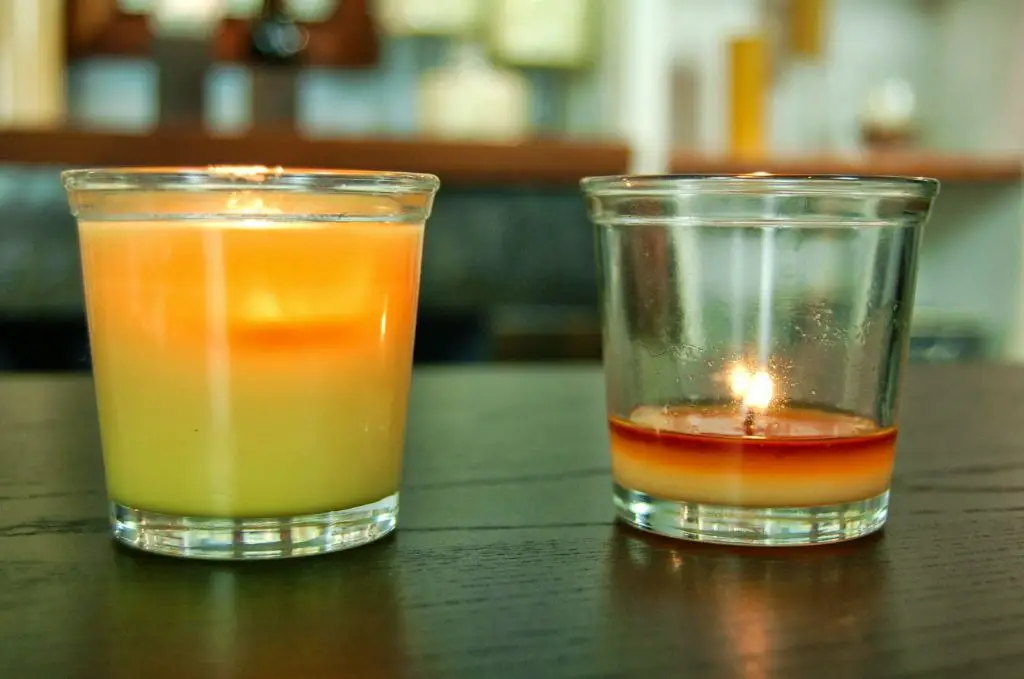
Good candles also burn cleanly without producing excess soot or smoke. Sooting occurs when the flame becomes too large. A properly sized wick prevents sooting by controlling the size of the flame. High-quality wicks made of natural fibers like cotton prevent sooting. Synthetic wicks tend to promote sooting.
According to candletime.nl, “Good burn quality means that the wick has a proper size to the diameter of a candle and gives a nice, calm flame, which is not too high or jumpy” (Source). Even, clean burning with no tunneling or sooting indicates a well-made candle.
Packaging
High-quality candle packaging is essential for protecting the candle and presenting it attractively to customers. The packaging should be sturdy to prevent the candle from breaking or leaking during shipping and handling. Cardboard boxes with inserts are a popular choice as they cushion the candle and prevent shifting. The inserts keep the candle snugly in place.1
The packaging should also have clear labeling indicating the company name, scent name, candle specs like burn time, and any safety information. Clean, minimalist designs allow the candle itself to be the highlight. The packaging makes the first impression for customers, so it needs to reflect the quality of the candle within.2
Price
When it comes to candle pricing, the old adage “you get what you pay for” often rings true. Higher quality candles made with premium waxes, high-end fragrances, and attractive vessels tend to come with a higher price tag.
For instance, according to xxx source xxx, mass-produced candles sold in big box stores often cost $5-15 for a standard 1-wick 8oz jar candle. These budget-friendly options typically use cheaper paraffin wax blended with minimal fragrance oils.
In comparison, artisanal hand-poured soy or coconut wax candles made in small batches with pure essential oils or complex fragrance blends range from $15-30+ for an 8oz jar. These candles incorporate costlier ingredients chosen for performance, scent throw, and aesthetics.
Boutique candle makers also factor in fair labor wages for hand-pouring, packaging, labeling, and other steps done in-house. Their pricing aims to support sustainable candle-making while providing a premium product.
So when you see a very low candle price, it likely indicates mass production and cheaper ingredients. But if you pay a little more, that often buys higher-quality materials, ethical production, and a custom artisanal touch.

